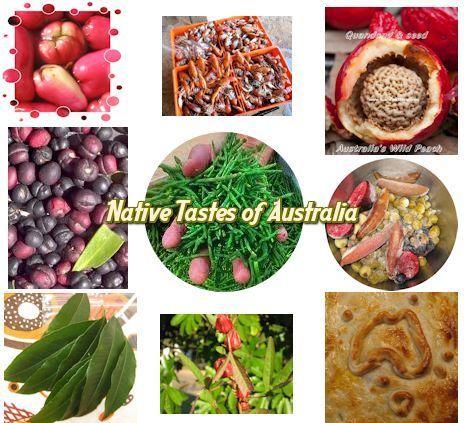Exploring the Rich Tapestry of Indigenous Australian Bush Tucker
Rosalia Mamhlakoana Moliko![]() Invalid date
4 minutes, 30 seconds
Invalid date
4 minutes, 30 seconds
2.8K views 4 Likes
Introduction: Australia's vast and diverse landscape is not only breathtakingly beautiful but also teeming with a unique and ancient culinary tradition known as Bush Tucker. For thousands of years, Indigenous Australians have thrived on a rich array of native plants, fruits, seeds, and animals that make up the tapestry of their traditional diet. In this blog, we delve into the fascinating world of Indigenous Australian Bush Tucker, exploring its cultural significance, nutritional value, and the growing interest in incorporating these flavors into modern cuisine.
Cultural Significance: Bush Tucker is deeply rooted in the cultural heritage of Indigenous Australians, forming an integral part of their identity and connection to the land. The knowledge of sourcing, preparing, and consuming these foods is passed down through generations, showcasing a sustainable and harmonious relationship between the people and the environment. Each plant or animal has its own Dreaming story, linking the Indigenous people to the spiritual realm and reinforcing their cultural ties.
Key Bush Tucker Ingredients:
-
Wattleseed: The seeds of various Acacia species, wattleseed, are ground into a flour-like substance and used in baking, cooking, and making beverages. It adds a nutty flavor and is rich in protein, making it a valuable dietary component.
-
Bush Tomato: These small, round fruits pack a punch of flavor with a tangy and intense taste. Bush tomatoes are often used in sauces, chutneys, and as a spice, adding a unique Australian twist to dishes.
-
Macadamia Nuts: Indigenous to Australia, macadamia nuts are not only delicious but also highly nutritious. They are a rich source of healthy fats, vitamins, and minerals, making them a sought-after ingredient in both traditional and contemporary cooking.
-
Kakadu Plum: Known for having the highest concentration of vitamin C of any fruit in the world, Kakadu plum is a powerful antioxidant. Traditionally used for its medicinal properties, it has found its way into modern dishes, adding a burst of flavor and nutritional benefits.
-
Bush Herbs and Spices: Various native herbs and spices, such as lemon myrtle, bush mint, and pepperberry, contribute to the distinct flavors of Bush Tucker. These aromatic additions elevate both savory and sweet dishes.
Modern Interpretations: In recent years, there has been a growing appreciation for Indigenous Australian Bush Tucker in the wider culinary world. Renowned chefs and food enthusiasts are exploring innovative ways to incorporate these unique ingredients into their dishes, creating a fusion of traditional and contemporary flavors. This not only promotes the preservation of Indigenous knowledge but also introduces a broader audience to the richness of Australia's native cuisine.
Sustainability and Conservation: As interest in Bush Tucker grows, there is a simultaneous focus on sustainable harvesting and conservation efforts. Many Indigenous communities are actively involved in projects that promote the cultivation of native plants, ensuring their long-term availability and preventing over-harvesting from wild populations.
Conclusion: Indigenous Australian Bush Tucker is a treasure trove of flavors, traditions, and sustainable practices. Exploring this unique culinary landscape offers a profound insight into the rich cultural heritage of Australia's First Nations people. As we embrace the diverse and delicious offerings of Bush Tucker, let us do so with respect for the Indigenous knowledge that has sustained this ancient tradition for millennia.
Image source:https://www.pinterest.com.au/pin/bush-tucker-bush-food-recipe-index-taste-australia--474355773235648129/

